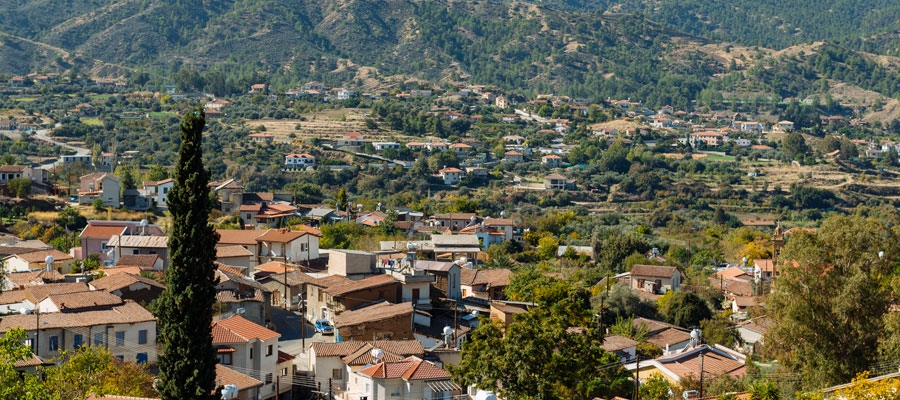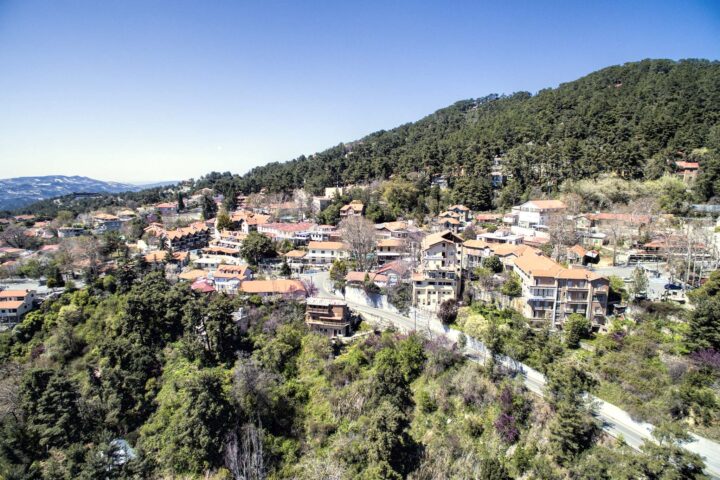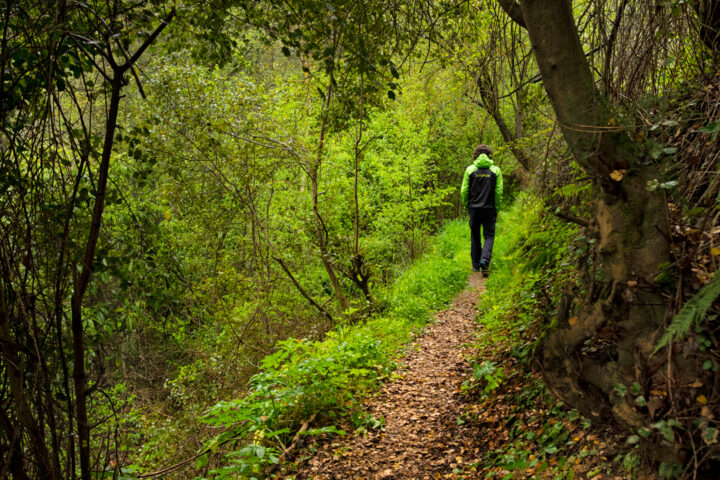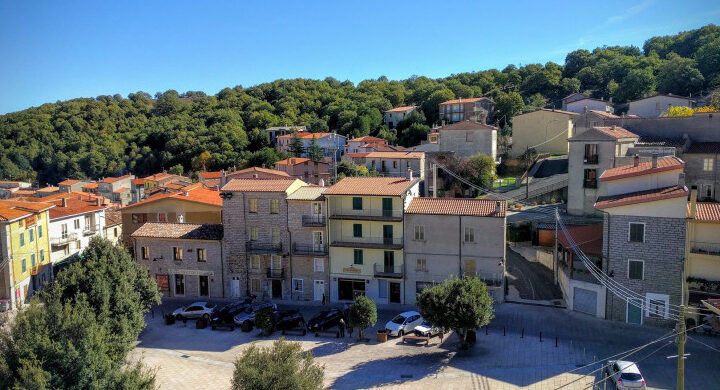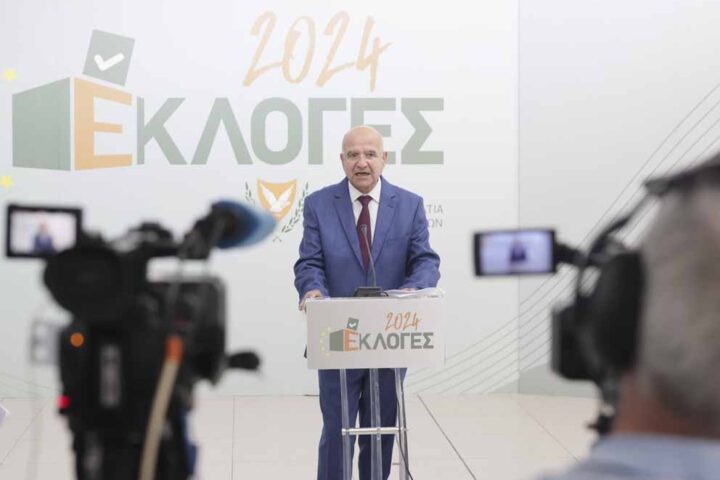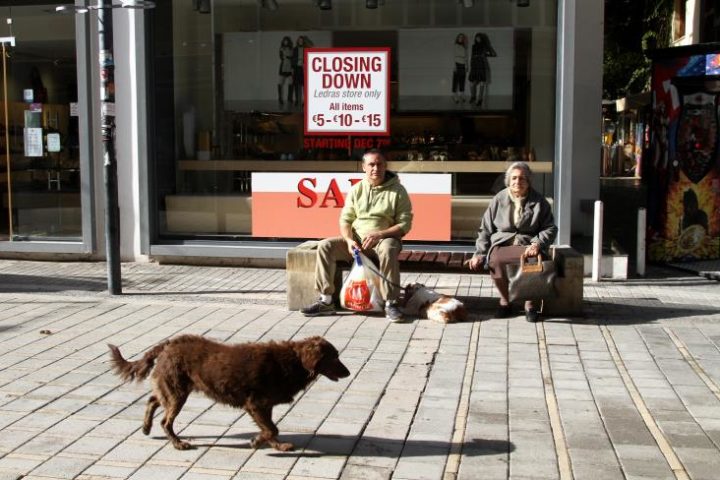Evrychou village, traditionally tied throughout the past century with the nearby copper mines in Skouriotissa, hopes new infrastructure projects and funding will help regeneration to end the youth drain and encourage investments.
Community leader Xenakis Xenophontos, who heads the coordination efforts of the 13-community network of villages in Nicosia’s Solea region, told the Financial Mirror the biggest boost is undoubtedly building the Astromeritis-Evrychou highway.
Rapid developments in the precious metals industry have encouraged the operators of mines to explore new opportunities, such as nickel, which is in great demand for cars and mobile phones.
This alone is expected to create 160 new jobs in the past year, Xenakis said.
Xenophontos said the €89 mln project to be completed in the next three years would upgrade Solea’s rural villages, slamming the brakes on the rural exodus, which has depleted the local communities in recent years.
He said the highway would be a game-changer for communities, putting them back on the map.
Around 60 communities are expected to benefit from the project since the road will make it easier to travel to Nicosia.
The project concerns the construction of a four-lane highway of approximately 11 km.
The highway will start from a point at the existing Astromeritis to Evrychou road, south of Astromeritis, after the junction of Vyzakia.
On Monday, the Transport Ministry announced that there are four tenders to build the new highway.
“With the construction of this highway, various problems related to road safety will be solved. At the same time, the area’s villages will be revitalised and see further growth,” said Xenophontos.
“Most importantly, the new highway will help decrease the number of road accidents recorded on mountain roads that lack the safety offered by a highway.
“Based on the records of the past 25 years, on average, we mourn one life every year from road accidents involving vehicles travelling to or from Nicosia.”
The time needed to travel from the capital to a village in Solea will be reduced by 20 to 25 minutes.
“This will help revive businesses in the area hit by COVID-19 restrictive measures, especially hospitality venues”.
“Easier access to and from the villages will encourage young couples to settle in our villages and locals to remain”.
Refinery
Hellenic Mining have set up a refining factory at the former Foukasa mine in Katydata, bringing sand from mines in Africa, refining it, and separating nickel.
Xenophontos said: “Experts have assured us that the refinery and its methods are not harmful to the environment, nor do they pose a threat to the inhabitants’ health”.
The sand brought in from Africa is very similar to sand found on the island, which means the remaining sand can serve another purpose: restoring the area where mines were.
“The refinery has been running for a year now, and it has contributed to the financial of residents, especially during the hard times of lockdowns and restrictions”.
State funding has also encouraged some younger community members to stay and start new businesses and handicraft workshops.
A recent scheme to breathe new life into rural areas pushed through by the government funds 50% of the total cost of buying a home.
With a budget of €15 mln, the scheme is part of the government’s national strategy for developing rural areas.
This means that young couples (under 41 years old) wishing to settle in a mountain village are eligible for a grant of up to €60,000.
Couples, where one or both partners are older than 41 are entitled to a grant of up to €45,000.
“For the first time, rural communities can feel optimistic about the future, especially those in our area.
“The state’s national strategy for developing the mountainous areas has a holistic view and will slow down the process of deruralisation while encouraging young couples to settle in mountain villages.”
The national strategy also provides incentives for people who want to set up small businesses related to the cottage industry or produce products native to rural areas.
The Railway Museum is a major attraction, bringing in thousands of visitors a year.
“We expect to see tourists and school groups, eager to find out about the line that connected Famagusta port to Evrychou, via Nicosia and Morphou, that ended in 1951,” said Xenophontos.
He expected interest to grow with plans of re-establishing a railway connection between Solea villages.
“Perhaps one of the most exciting developments in the region are plans to get the railway up and running by 2027.”
Part of the railway network to be reinstated will be 7 km long, running from Evrychou, through Korakou, to the village of Katydata.
Xenophontos said that authorities have yet to decide what type of train will be employed, but they are leaning towards a traditional steam engine.
The Cyprus Government Railway was a 2 ft 6 in (762 mm) narrow gauge railway network operated from October 1905 to December 1951.
With a total length of 76 miles (122 km), there were 39 stations, stops and halts, the most prominent of which served Famagusta, Prastio Mesaoria, Angastina, Trachoni, Nicosia, Kokkinotrimithia, Morphou, Kalo Chorio and Evrychou.
The CGR was closed down due to financial reasons.
An extension of the railway, which was built to serve the Cyprus Mines Corporation, operated until 1974.

